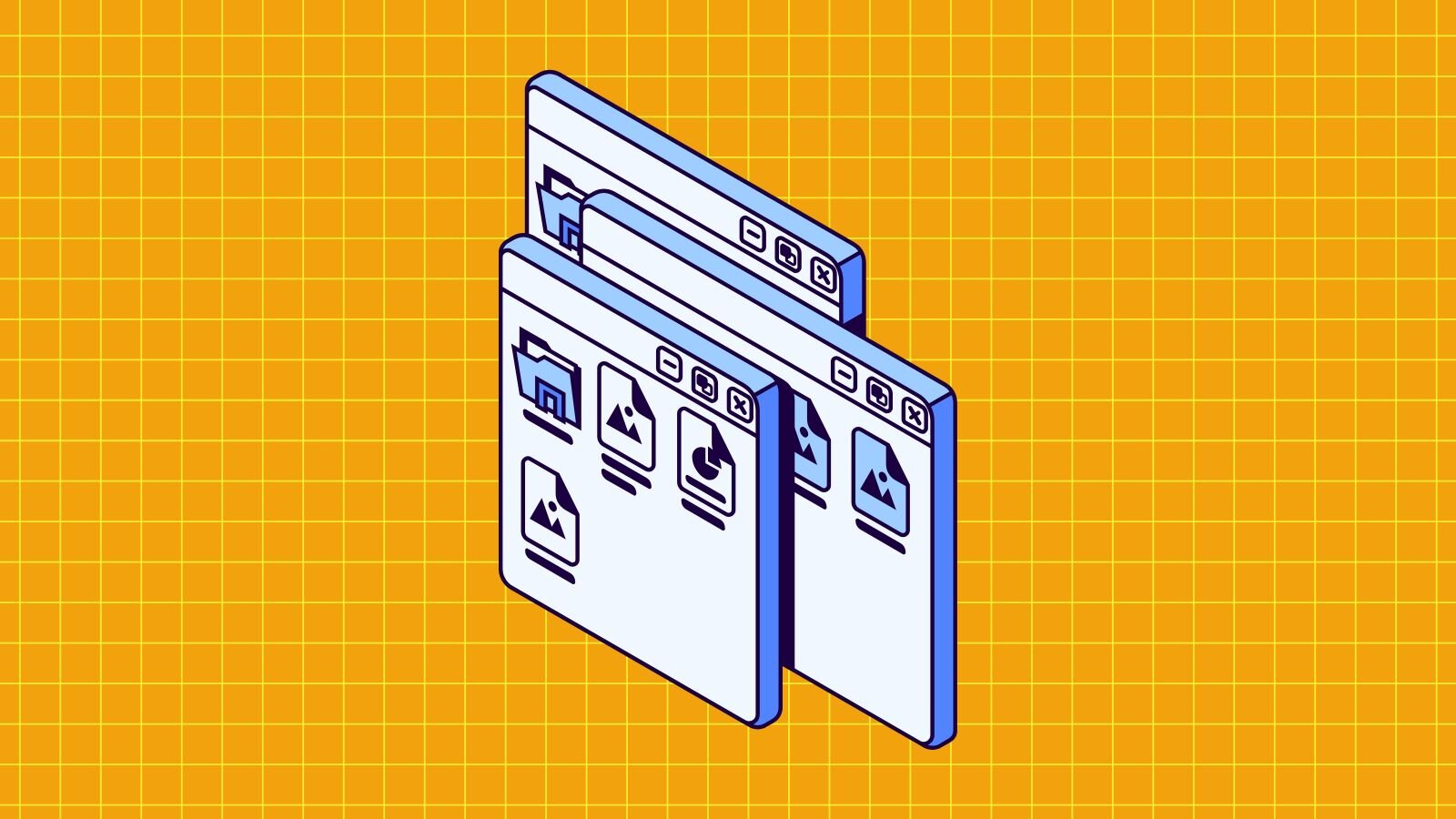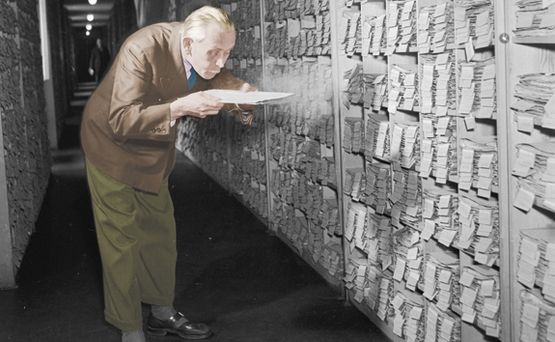
What’s Your Type? Understanding PDF File Types
PDFs often seem straightforward as documents, but did you know they are more complex? PDFs have numerous file types, all designed for specific functions or specific industries. Are you using the right one?
PDF files are used for a variety of reasons, including keeping the format of the document the same across platforms, sending/receiving electronic signatures, sharing, collaborating, viewing, and editing documents, securing files, reducing storage needs, making accessible to physically impaired users, and archiving for future use.
Most people are familiar with the standard PDF format, normally used for basic file-saving processes. This covers most of what most people and companies need. The International Organization for Standardization (ISO) is the best resource for news and updates on PDF standards, the latest being ISO 32000-2 for PDF 2.0.
The following PDF file types are based on ISO standards:
- PDF/A
- PDF/E
- PDF/X
- PDF/VT
- PDF/UA
- Searchable PDF
These two are industry standards but are not ISO standard:
- PAdES – PDF Advanced Electronic Signatures
- PDF/H
Let’s dive in and learn where and when you should be using each file type.
The original PDF is the standard on which all other PDFs are based. Used when saving documents, basic viewing or printing. There’s nothing fancy about these documents, they are the workhorse of the PDF family. Standard PDFs are commonly smaller files making them easier to share and faster to download, and they take up less space when stored digitally. It also can keep all elements within the document intact – images and hyperlinks, for example.
PDF/A - Archiving
PDF/A is an ISO-standardized file type used specifically for the digital archiving and preservation of PDF files. It outlines certain features that are not allowed in long-term archiving, for example encryption or font linking, and includes specific conditions for other features, such as digital signatures, metadata, audio and video content, color management and embedded font data.

PDF/A documents were designed as the need to digitally archive documents became more important in our “paperless” world. The documents needed to look the same in the future and provide consistent information, particularly for legal, government and other regulated industries, among others.
PDF/A-1
PDF/A-1 is divided into 2 additional types of PDF/A based on "conformance” to the ISO standard.
PDF/A-1a (“accessible”) – which “satisfies all requirements in the specification” (1), meaning it preserves the structure of the document so it will appear the same way in the future, but also that it is accessible to physically impaired users via programs that can read or interpret tagged PDF documents.
PDF/A-1b (“basic”) – which “encompasses the requirements...regarding the visual appearance of electronic documents, but not their structural or semantic properties.” (1) Unlike PDF/A-1a documents, 1b only looks the same when viewed or printed; there is no underlying tagged data for accessibility.
PDF/A-2
This is like a bonus to PDF/A. It is based on PDF 1.7 and includes additional features not available in PDF/A-1. For example, this format can include attachments (which must adhere to PDF/A-1 or A-2 standards), JPEG 2000 compression, layers and PDF packages.
PDF/A-2 includes both level A and level B ISO conformance and adds “level U” conformance. No, they didn’t jump the alphabet; the U stands for “Unicode semantics.” It sits between PDF/A-2a and –2b – more information than 2b but no structure information like 2a.PDF/A-2u means the PDF will be the same whether printed or viewed digitally and that text can be searched and extracted. Still with us? Good!
PDF/A-3
PDF/A-3 supports conformance levels A, B and U but with extremely specific differences:
Attachments can be any file type based on use case.
Attachments are associated with the entire document. If they are specific to a certain section, that must be explicitly stated. This is particularly important for situations like the ZUGFeRD standard in the EU (European Union), where invoices need to be attached to archived documents.
PDF/A-4
Based on PDF 2.0, the PDF/A-4 includes new features such as stronger encryption, new annotation capabilities for rich media and 3D, PAdES compatibility (more on that later), and geospatial mapping coordinates.PDF/A-4 documents may or may not include tagging features, therefore they do not need the A/B/U conformance requirements. Also, it allows for non-PDF/A file attachments like PDF/A-3. Because of its ability to support 3D models, the PDF/A-4 file type is most often used by engineering, manufacturing and construction industries. Which dovetails nicely into PDF/E...
PDF/E - Engineering & Technical Documentation
PDF/E is specific to the creation and sharing of engineering and technical documentation, with more graphics support. Unlike PDF/A-4, it is NOT for archiving purposes, but for the exchange of information.Why would you use PDF/E?
- In keeping with the PDF file format, it keeps the documentation accurate across different applications and platforms.
- Engineering and technical documents are unwieldy to print and keeping in a digital format reduces costs and storage space.
- Digital formats also make it possible to track edits and markups.
PDF/X - Optimizing PDFs for Print
As a file type that supports graphics-heavy documents, PDF/X specifies print standards not used in standard or other PDFs. This includes requirements on fonts, colors, file identification, document sizing, bleed. PDF/X files provide users with higher quality print output with fewer errors due to the restrictions applied to each document.Items such as embedded videos/audio, forms, signatures and comments are prohibited in PDF/X files.
PDF/X-1a
This specifies that all fonts must be embedded in the document and images need to be spot colors or CMYK.
PDF/X-3
Allows RGB, CMYK, Lab and ICC (International Color Consortium) color spaces (more lenient than X-1a)
PDF/X-4
PDF transparency without need for flattening, RGB, CMYK, spot colors and gray are supported.
PDF/X-5
Allows for the use of external graphics content, use of external ICC profiles and rendering intent.
PDF/X-6
Based on PDF 2.0, this allows for the partial exchange of printing data from external references. Read more >>

Yeah, that was intense.
PDF/VT - For Variable Data Printing
First, let’s define Variable Data Printing (VDP). Have you ever received a direct mail piece personalized with your name? (yeah, it’s kind of creepy, but think about what Alexa or Siri know about you!).

That’s VDP. It is software that lets a single print run personalize each document. But it’s not just your name – this could include changing out images, text, and other content as needed. The VT stands for “Variable and Transactional Printing.” PDF/VT is similar to PDF/X but each element on the page could vary based on what is being printed – it is more customizable. For example, a franchised restaurant could have the same general information, but coupon amounts are different based on regions. PDF/VT-1 is a self-contained file, but PDF/VT-2 supports external graphics.
PDF/UA - Universal Accessibility
As the population ages and more attention is being paid to making content accessible to those with visual or physical impairments, PDF/UA is gaining momentum like never before. Screen readers or magnifiers, audio and video assistants, joysticks and other technologies are helping more people read documents – but the documents must be set up correctly. What does that mean? Headings, titles, table, lists and other content must be tagged as such, and in logical order (headlines first, bylines next, content third, etc.). Graphic must be accompanied by descriptions, text must be mapped to Unicode to be accurately read by screen readers, fonts must be embedded to ensure the same look and layout no matter the technology used, and the user must be given numerous options for navigating the content.
PAdES – PDF Advanced Electronic Signatures
We told you we’d get back to this. This one is easy – but has an interesting background. EIDAS (Electronic Identification Authentication and Trust Services) is the European Union regulation of digital signatures and electronic transactions, allowing users to conduct business digitally – and much more quickly. It ensures that this form of signature (or transaction) is legal and secure.

PAdES PDFs provide distinct profiles that are compliant with the European Technical Standards Institute (ETSI) standards for digital signatures. PAdES documents have four levels of verification with digital signatures, are legally binding, and can be archived with the signature intact for future reference.
PDF/H - Healthcare
Mostly used in the US regarding HIPAA compliance (Health Insurance Portability and Accountability Act), which safeguards healthcare data. HIPAA requires that healthcare organizations, health insurance providers and other entities who would have access to the personal health information of customers must meet certain standards of security with digital documents.
PDF/H files were developed to secure patient records in accordance with HIPAA privacy policies.
Searchable PDF
Any guesses what this one lets you do?

Okay, these are text-based PDFs which retain the formatting and text of the original document, so it is – wait for it - searchable. Have you ever saved a Word document as a PDF before printing or saving? That’s a Searchable PDF.

So...what’s your type?
Sign up for a free trial of our Adobe PDF Library SDK and start on your proof of concept today!
(1) Sustainability of Digital Formats, https://www.loc.gov/preservation/digital/formats/fdd/fdd000125.shtml